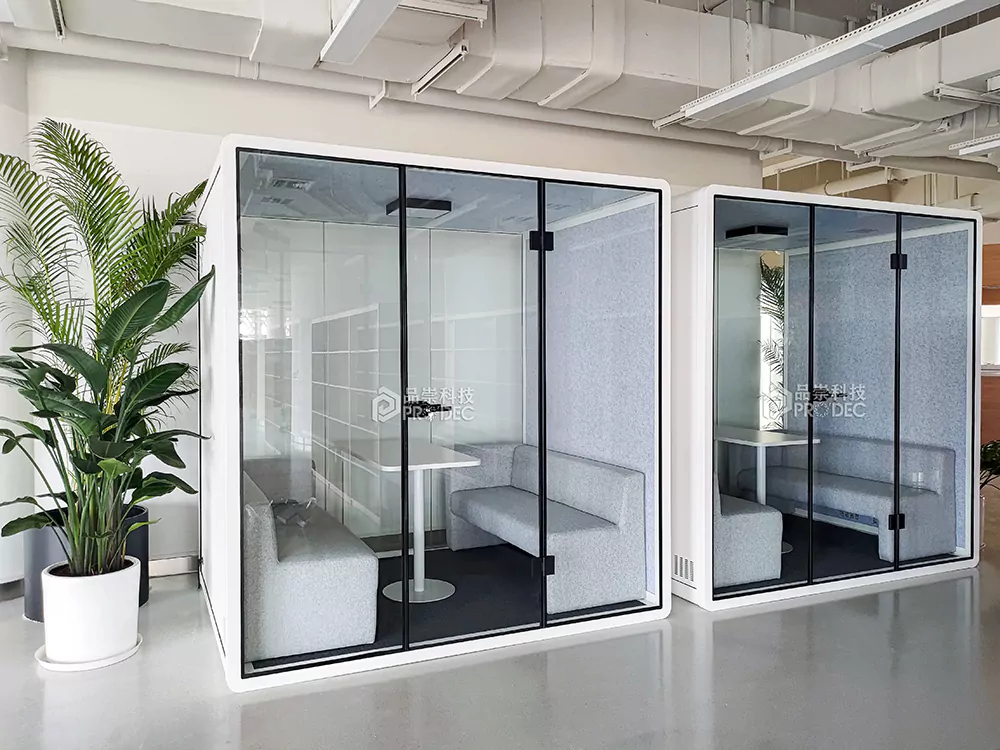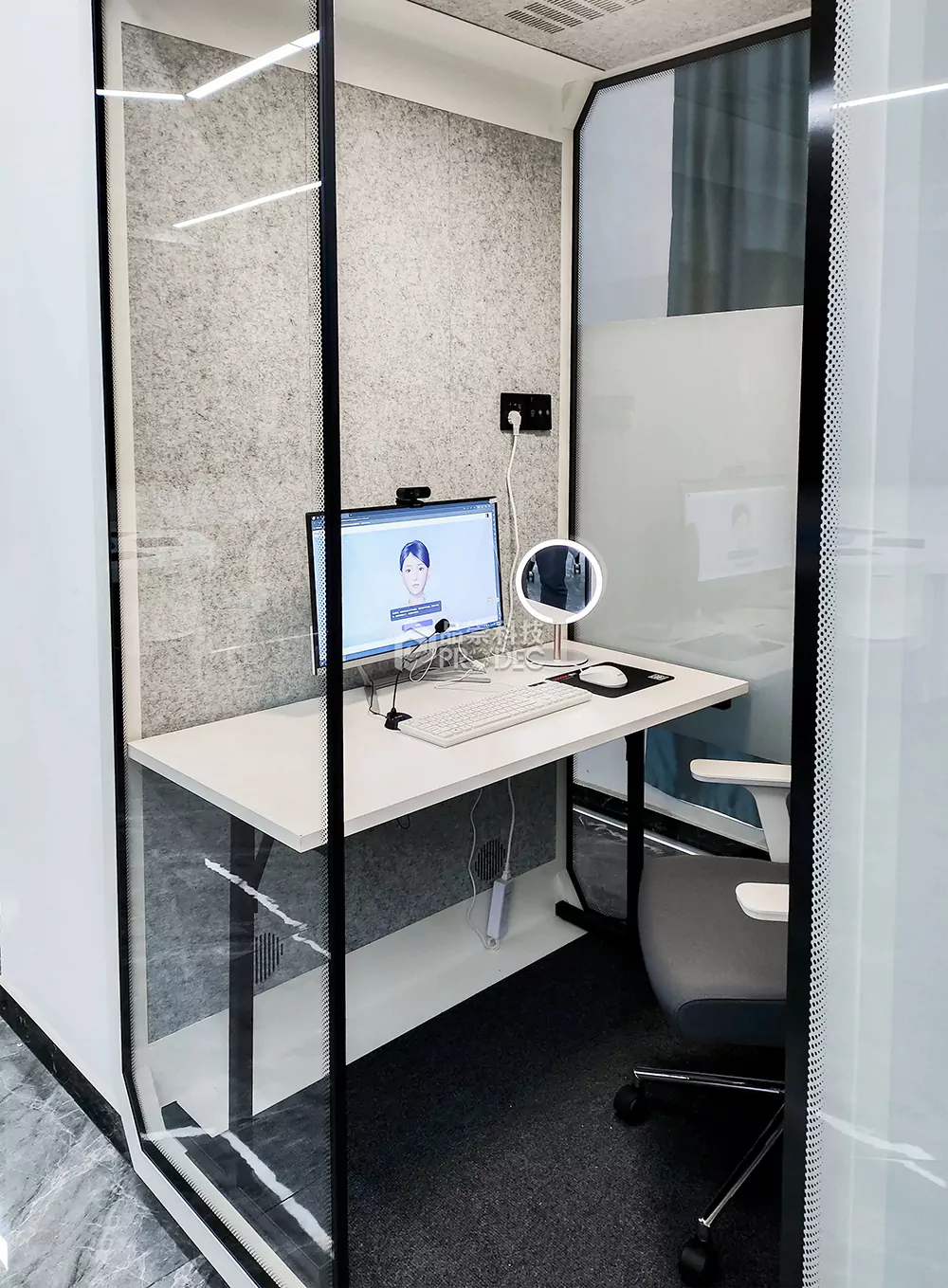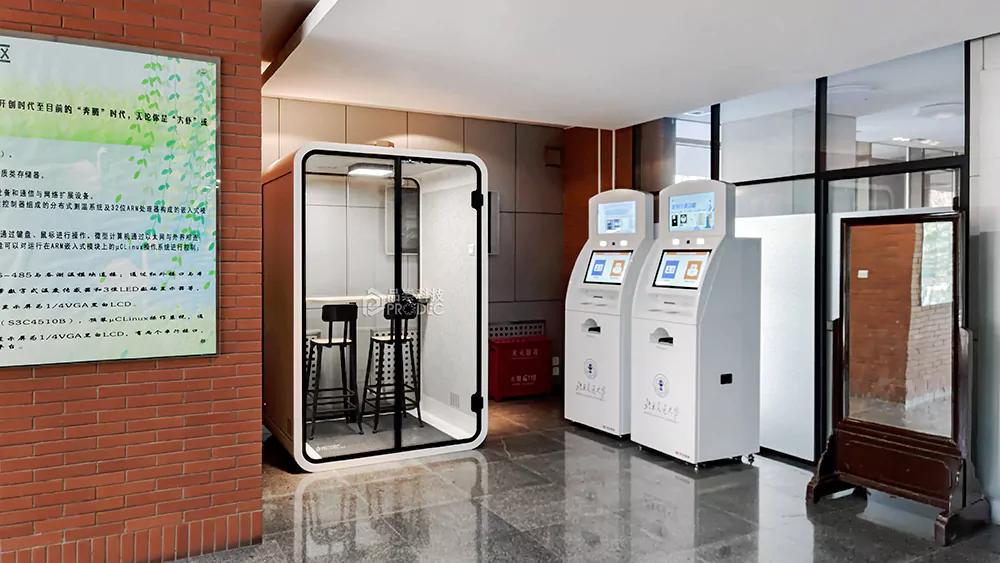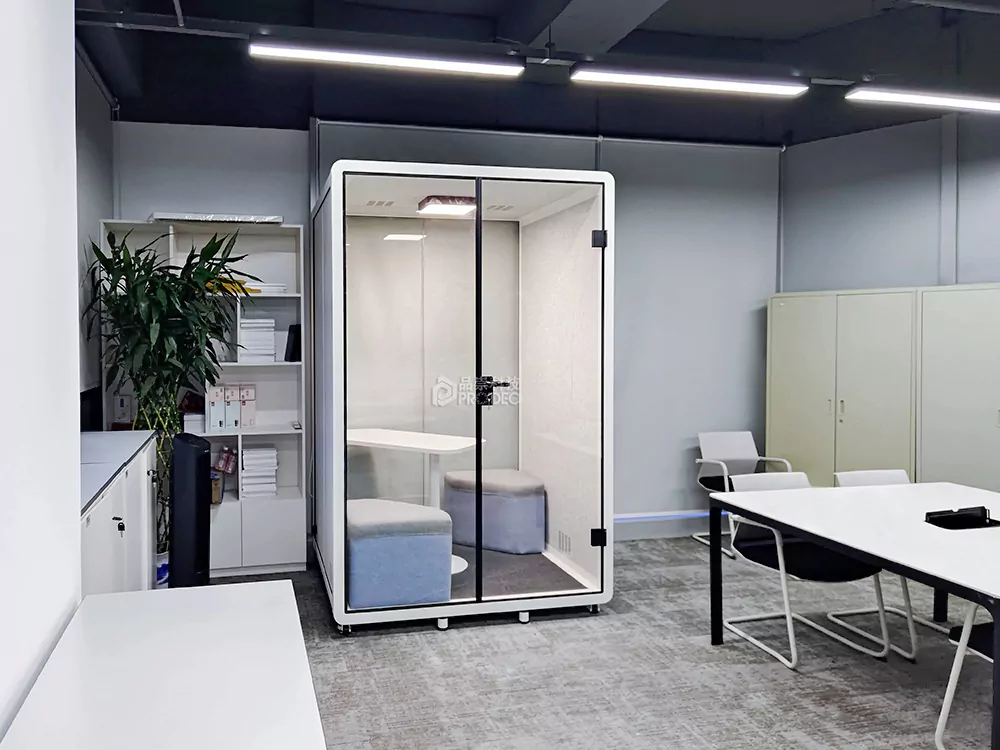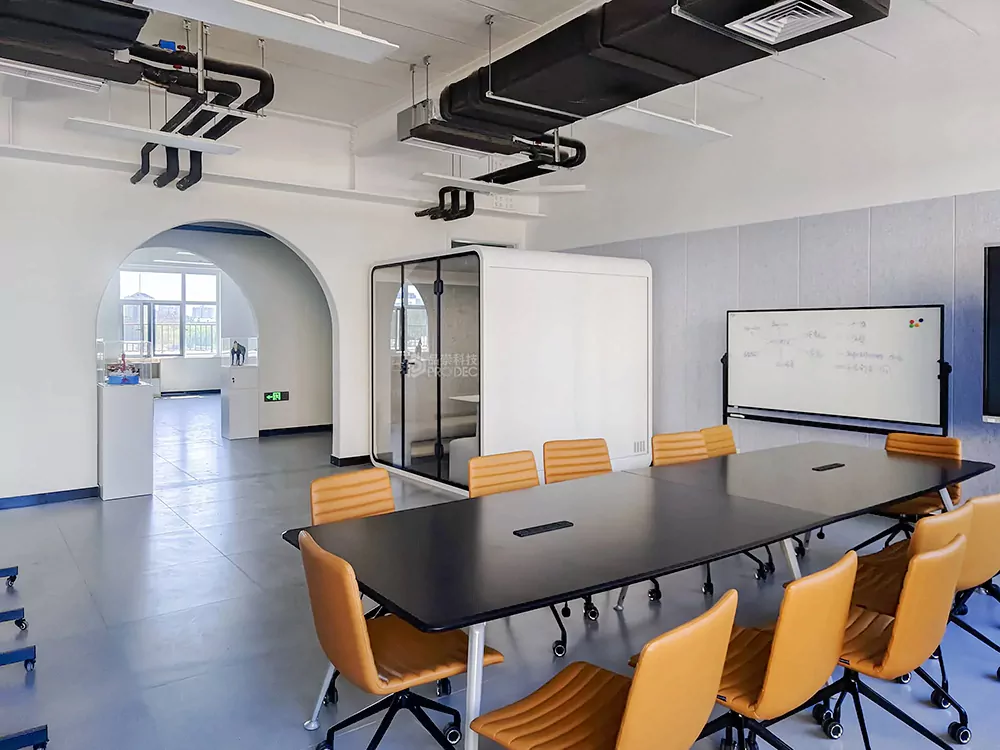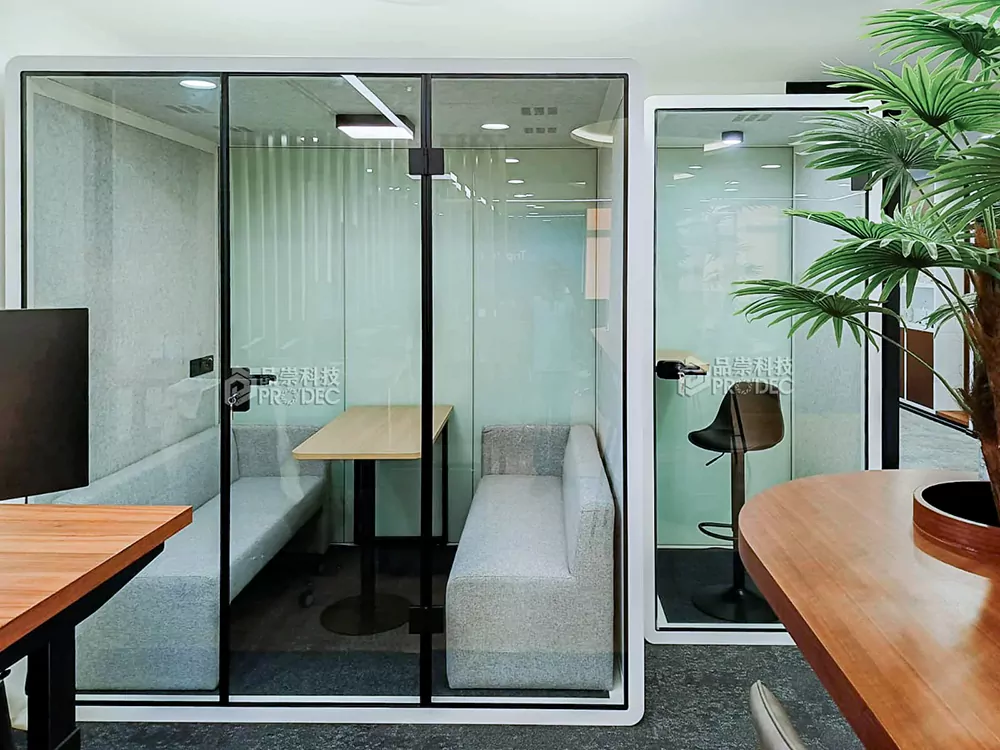The Evolution and Revival of the Office Phone Booth
In today’s world of smartphones and constant online meetings, the office phone booth has emerged as a modern twist on a nostalgic icon. Once a staple of city streets, traditional phone booths offered private spaces for conversations and symbolized the advancement of communication technology. Their legacy continues in workplaces today, where privacy and focus are more valuable than ever.
From Street Corners to Office Spaces
The original phone booth appeared in the late 19th century across the United States and Europe. Built from sturdy materials like wood, metal, and glass, these booths quickly became urban essentials. Iconic designs such as the British red telephone box even turned into cultural landmarks, beloved for their style and function.
From the 1950s to the 1990s, phone booths experienced their golden age. People relied on them for local and long-distance calls, emergencies, and everyday chats. But as mobile phones spread rapidly in the 1990s, public phone booths began to disappear. Many were removed or vandalized, marking the end of a communication era.
The Rise of the Modern Office Phone Booth
Interestingly, the story did not end there. In recent years, the office phone booth has brought the concept back—this time into modern workplaces. These enclosed soundproof spaces allow employees to make calls, join online meetings, or focus without distractions. Designed with noise control and comfort in mind, they are now seen as essential tools for productivity in open-plan offices.
Many companies use office phone booths to improve workplace acoustics and privacy. Employees gain quiet zones for focused work or confidential discussions, while businesses enjoy better space efficiency without major renovations.
Blending Nostalgia and Innovation
Just like the restored street booths that now serve as Wi-Fi stations or mini-libraries, office phone booths also mix history with innovation. Some modern models feature ventilation systems, lighting controls, and even smart sensors. They bring the old charm of privacy into the digital workplace era.
Globally, creative projects are restoring original phone booths and giving them new life. In cities like London and New York, refurbished booths now serve as information kiosks or art pieces. Their influence is also seen in interior design, inspiring the creation of sleek and functional modern work pods.
Cultural Impact and Symbolism
Phone booths have appeared in countless films, novels, and artworks. From Superman’s iconic costume change to emotional movie scenes, they symbolize transformation, privacy, and connection. Today, office phone booths continue that tradition—providing modern workers with a personal space for focus and creativity amid the chaos of open offices.
They remind us how communication has evolved while emphasizing our ongoing need for personal space, even in the digital age.
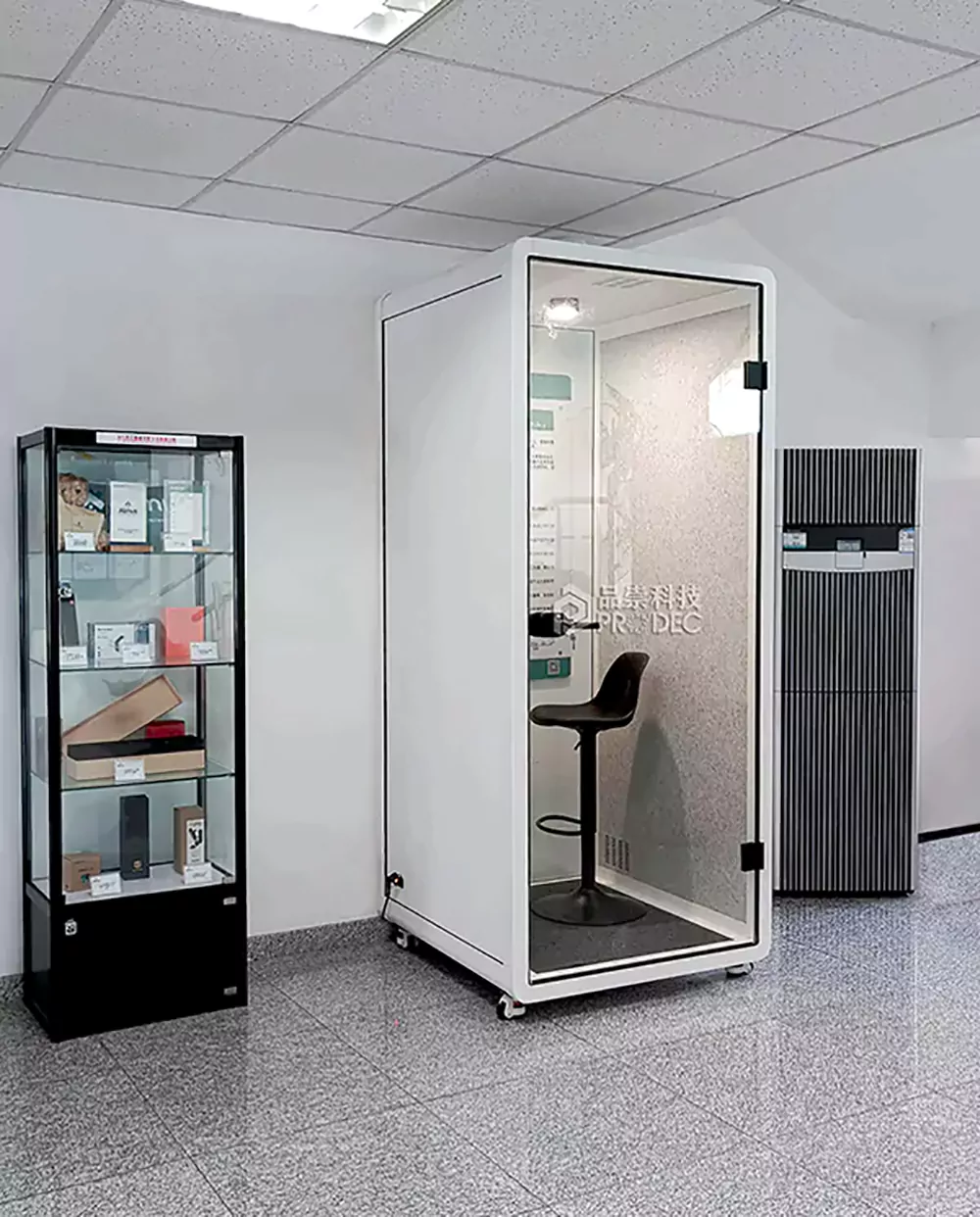
Frequently Asked Questions (FAQ)
1. What is an office phone booth?
An office phone booth is a small, enclosed soundproof space designed for private calls, video meetings, or focused work in an open office.
2. Are office phone booths still relevant today?
Yes. As open-plan offices become common, office phone booths provide essential quiet zones that reduce noise and boost productivity.
3. How can I find or buy an office phone booth?
You can visit trusted providers like Geyincang for modern, high-quality office phone booths. Many offer customizable designs to match your workspace.
4. Why are phone booths culturally significant?
They represent key milestones in communication history and remain powerful symbols of privacy, creativity, and design innovation.
5. What are other uses for phone booths today?
Old booths are often transformed into Wi-Fi hubs, art displays, or even small libraries. In offices, they serve as private zones for calls, recording, or relaxation.
Final Thoughts
The office phone booth bridges the past and future of communication. It captures the nostalgia of classic phone booths while delivering modern functionality. In an era of constant connectivity, these booths remind us that even the busiest workplaces need a quiet place for clear thinking.

